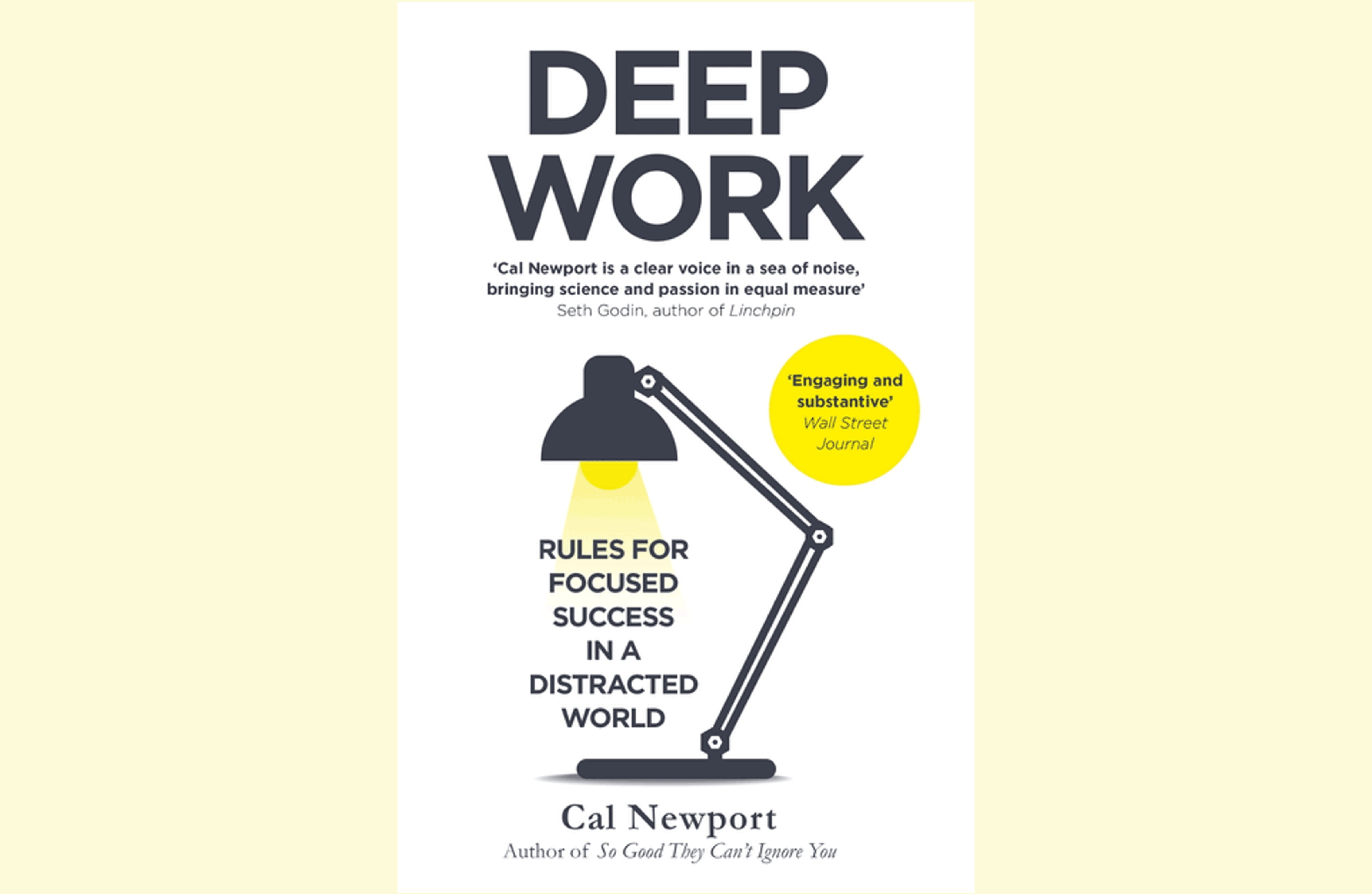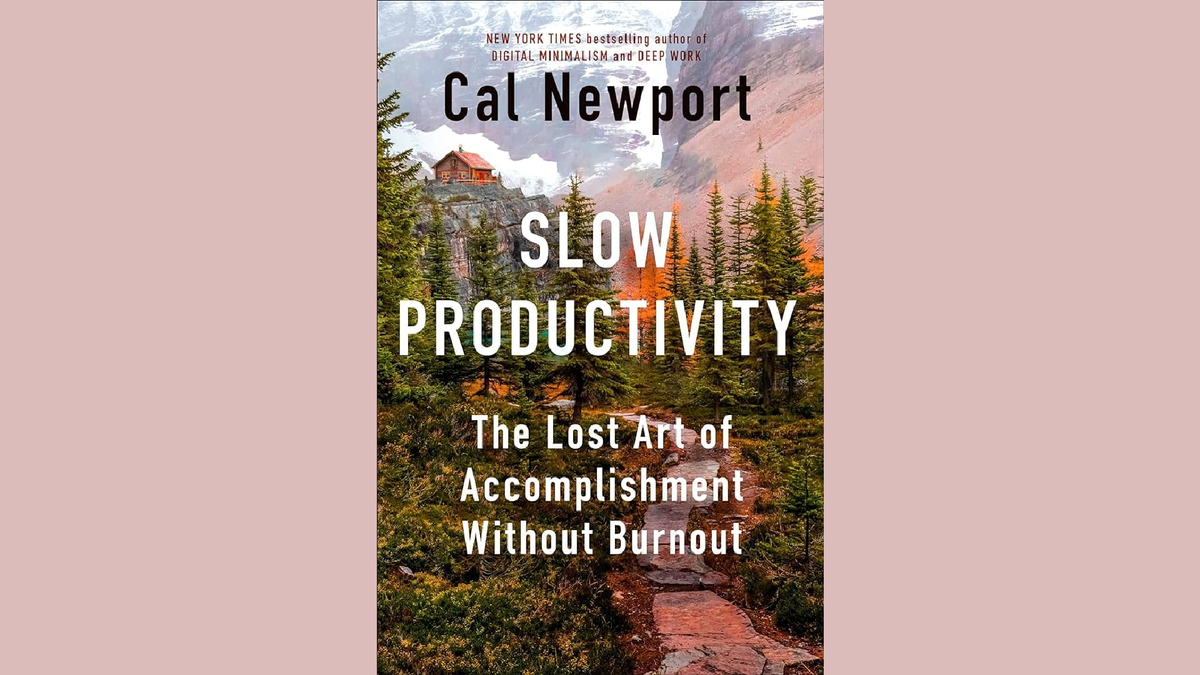Summary: How to Become a Straight-A Student by Cal Newport

Cal Newport’s How to Become a Straight-A Student offers students a compelling roadmap for achieving academic success without resorting to all-nighters or stress-inducing cramming. His strategies focus on disciplined time management, high-efficiency study methods, and practical tools for sustained motivation and balance. Newport’s methods appeal to students who want to maximize learning while minimizing wasted effort, offering a scientific and psychological basis for each practice. Here, we’ll unpack these strategies with deeper insights and practical analysis to show how they can be applied across different study environments.
1. Master Time Management: Fixed-Schedule Productivity
Insight and Analysis
At the core of Newport’s time management approach is “fixed-schedule productivity,” where students decide how many hours they’ll allocate to schoolwork each week and then structure their day around these limits. By avoiding last-minute cram sessions, students become more efficient and reduce stress.
Incorporating this method goes beyond just blocking out hours. Newport encourages setting specific goals for each study period and ensuring they align with a longer-term plan. For example, students could prioritize understanding core concepts at the beginning of the semester, with a shift to detailed review and practice as exams approach. He advocates for "batch processing" tasks such as emails, errands, or administrative work, arguing that handling them simultaneously minimizes distractions.
"Discipline in scheduling brings the freedom to enjoy life outside of work." - Cal Newport.
Practical Application:
- Weekly Review and Plan: Each Sunday, evaluate the past week’s work and adjust the upcoming week’s schedule accordingly. Suppose a math assignment was challenging and required extra time; plan additional study time for the following week.
- Set Priorities Based on Urgency and Impact: High-impact tasks, like significant project work, should take precedence over low-yield activities, such as casual rereading.
2. Boost Learning with Effective Study Techniques
Insight and Analysis
Newport argues that students should focus on methods that yield the highest learning per unit of time. This includes techniques like active recall and spaced repetition, which have been shown to improve memory retention significantly compared to passive review. Active recall involves challenging oneself to retrieve information actively, reinforcing memory pathways more effectively than simply reading over notes. Spaced repetition, where information is reviewed at gradually increasing intervals, aligns with cognitive science principles for long-term retention.
One standout technique Newport introduces is the Question-Evidence-Conclusion (QEC) model. It encourages students to frame their reading and note-taking around critical questions, gather evidence supporting those answers, and summarize conclusions. This promotes a deeper understanding and mirrors exam formats, often testing critical thinking and analysis rather than rote memorization.
"True understanding comes from asking questions, not just finding answers." - Cal Newport.
Practical Application:
- Implement Active Recall with Flashcards or Self-Quizzing: When reviewing, create flashcards based on critical questions or use a self-quizzing app to test knowledge rather than read actively. Apps like Anki use spaced repetition and allow students to revisit information at optimal intervals.
- Adapt the QEC Model for Textbook Chapters: For dense textbook chapters, students can write a guiding question for each section, note supporting evidence (concepts, definitions), and summarize findings at the end. This breaks down reading into manageable chunks and strengthens comprehension.
3. Note-taking: Less is More
Insight and Analysis
Newport’s streamlined note-taking advice centers on capturing core ideas and avoiding overwhelming details. He highlights methods that encourage organization and clarity without creating overly detailed notes, which can be cumbersome to review and lead to cognitive overload. The goal is to create “study-ready” notes that allow for quick and efficient recall during exams.
Newport’s method, often called “lean note-taking,” helps students focus on essentials, leaving out non-essential details that can obscure main ideas. The QEC framework also applies here, with students using questions to guide their note-taking and adding only the most relevant evidence and conclusions.
"Good notes are like a blueprint—they show you the way without wasting resources on decoration." - Cal Newport.
Practical Application:
- Using Outlines and Bullet Points: Instead of writing down everything, use an outline format to capture the main ideas and supporting points. Bullet points or concise summaries can replace long, verbatim sentences.
- Review and Condense Weekly: Spend 15 minutes each week reviewing and condensing notes into critical concepts. This creates an easy-to-skim study resource and helps students actively process information, reinforcing memory.

4. Streamline Essay Writing and Exam Prep
Insight and Analysis
Regarding essay writing and exam preparation, Newport emphasizes preparation over procrastination. His systematic approach encourages students to break down the writing process into smaller tasks: brainstorming, outlining, drafting, and revising. This ensures that each stage is given adequate focus and minimizes the risk of last-minute stress.
For exams, Newport recommends avoiding passive reviewing, such as srereadingeading notes, based on evidence that active engagement leads to better retention. Self-testing, teaching the material aloud, or using study groups to quiz each other are all part of his strategy to prepare in a way that builds understanding, not just recognition.
"Writing, like learning, is most successful when approached step-by-step." - Cal Newport.
Practical Application:
- Develop an Essay Outline: Break essays into a thesis, main points, supporting details, and a conclusion. This blueprint allows for a focused, coherent structure and minimizes the time spent on revisions.
- Active Exam Preparation: Organize small group study sessions where students quiz each other on critical concepts. Explaining material to peers is a powerful way to reinforce knowledge and highlight gaps in understanding.
5. Balance for Sustainability: Focus on Health and Well-being
Insight and Analysis
Newport’s final cornerstone—balance—addresses the need for students to maintain mental and physical health amidst academic pressures. Newport warns that overextending oneself academically can lead to burnout and declining productivity, emphasizing the importance of balance through exercise, social interactions, and hobbies.
He advocates integrating these activities into the schedule rather than leaving them as afterthoughts. This planned approach to relaxation mirrors his fixed-schedule productivity model, encouraging students to establish routines for both work and play. Newport’s perspective is rooted in research indicating that sustained productivity hinges on taking regular breaks and fulfilling activities outside of academia.
"A sustainable approach to work values well-being as much as achievement." - Cal Newport.
Practical Application:
- Schedule Regular Exercise and Hobbies: Plan a 30-minute walk or workout every other day to break up study time. Activities like sports, art, or meditation can all act as “recharge” sessions.
- Prioritize Socializing: Make time for friends at least once a week, whether it’s a study group or a movie night. Socializing improves mental well-being and provides a refreshing break from studies.

Practical Tool: Personalized Study Planner
Step-by-Step Guide to Build Your Study Schedule
- Define Your Study Hours: Choose specific times each day for focused study and keep them consistent.
- Example: 5-7 p.m. daily, dedicated to the study, with Saturday mornings for weekly review.
- Identify High-Yield Tasks: Prioritize tasks that directly enhance learning outcomes, like practice problems or flashcards.
- Example: For chemistry, focus on solving problems rather than merely reading through the textbook.
- Batch-Process Related Tasks: Group similar activities, like planning and administrative tasks, to save time.
- Example: Dedicate Sunday evenings to reviewing notes, updating your calendar, and planning for the week.
- Schedule Breaks and Social Activities: Incorporate breaks to recharge and add enjoyable activities to maintain balance.
- Example: Plan a 5-minute break every hour and one social outing weekly to stay refreshed.
- Weekly Review and Adjustment: Each Sunday, evaluate what worked, adjust times as needed, and adapt to upcoming deadlines.
- Example: If a project deadline is moved up, allocate extra hours that week.
Author Biography: Cal Newport
Cal Newport is a Georgetown University computer science professor known for researching technology’s impact on culture, learning, and productivity. He has written several bestsellers, including Deep Work and Digital Minimalism, which offer groundbreaking insights into focus, efficiency, and balance in the digital age. Newport’s practical, research-backed advice has made him a sought-after speaker, particularly among professionals and students seeking strategies to thrive in demanding environments.


